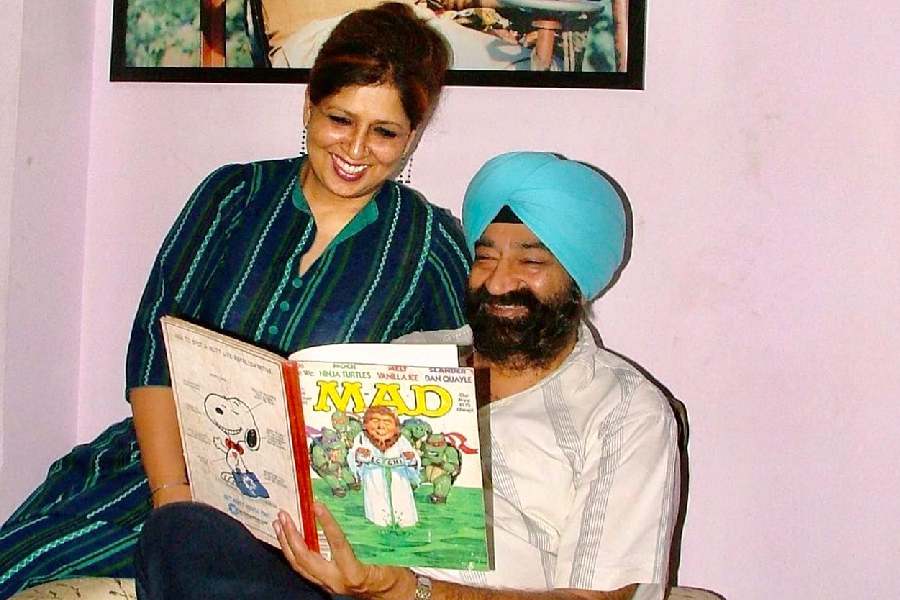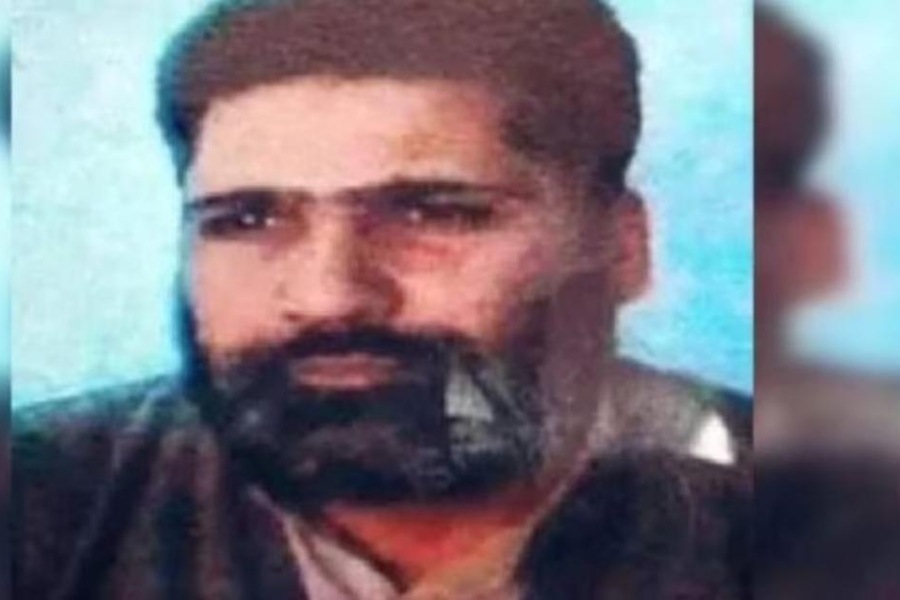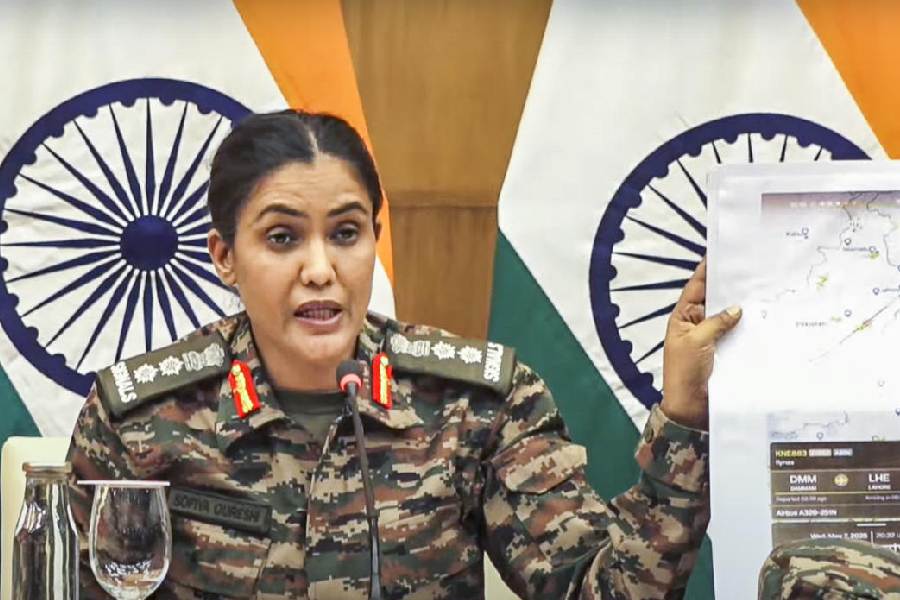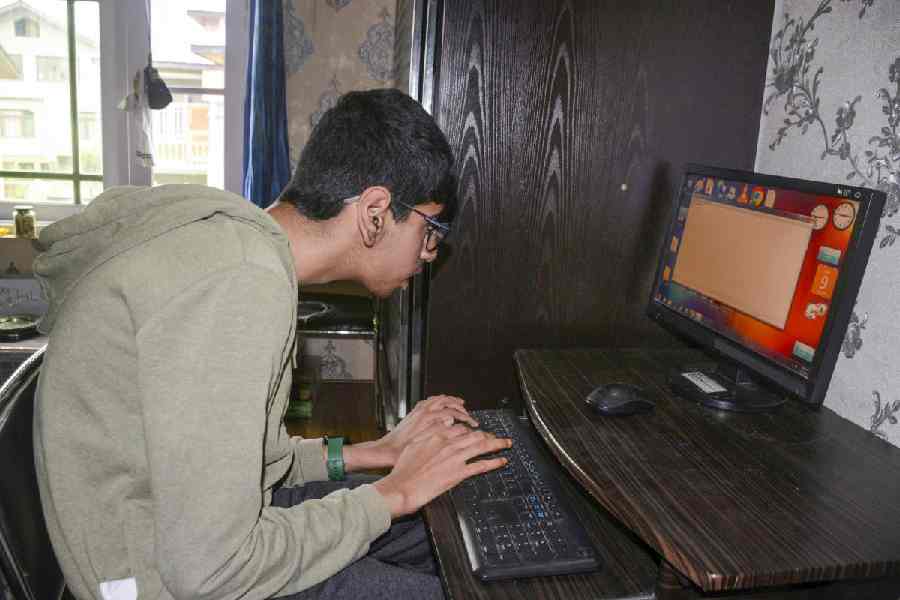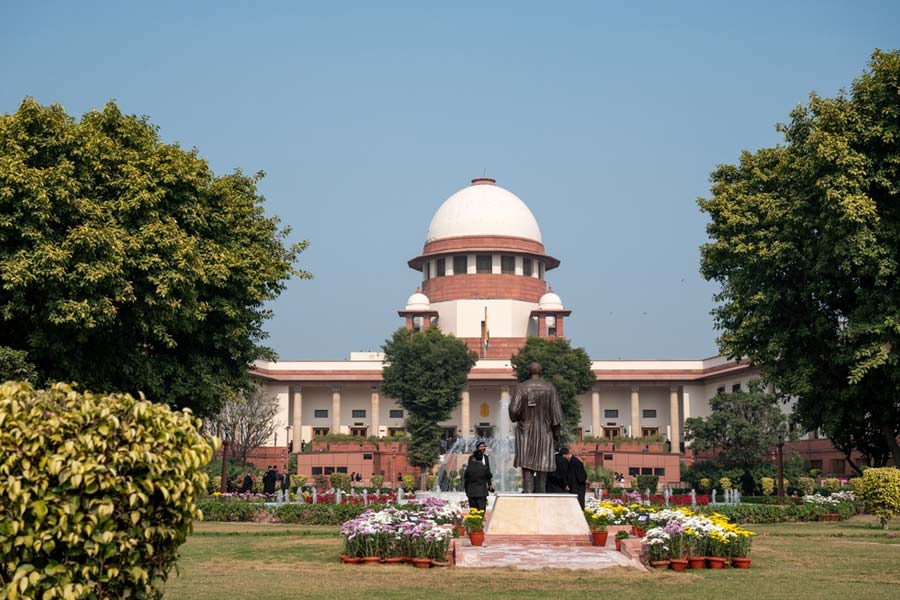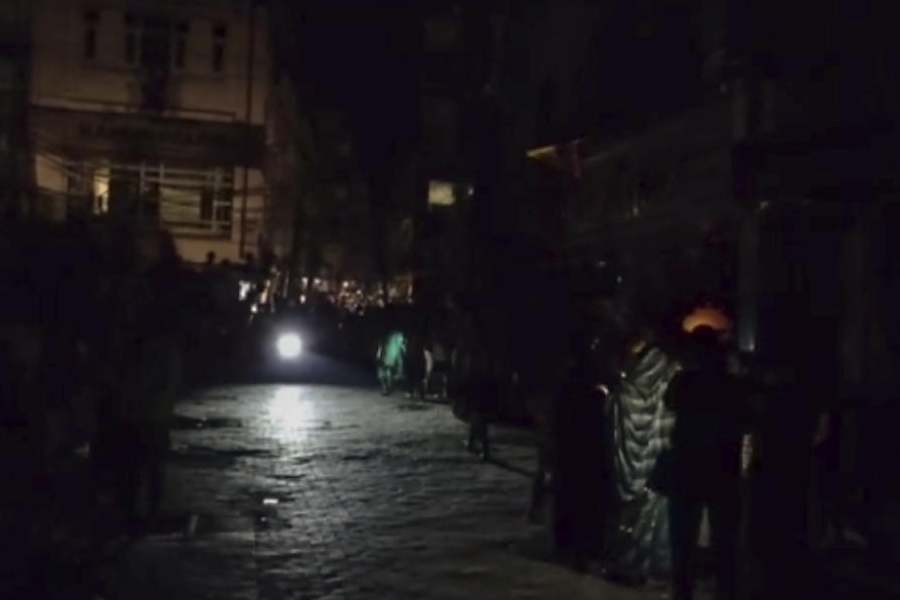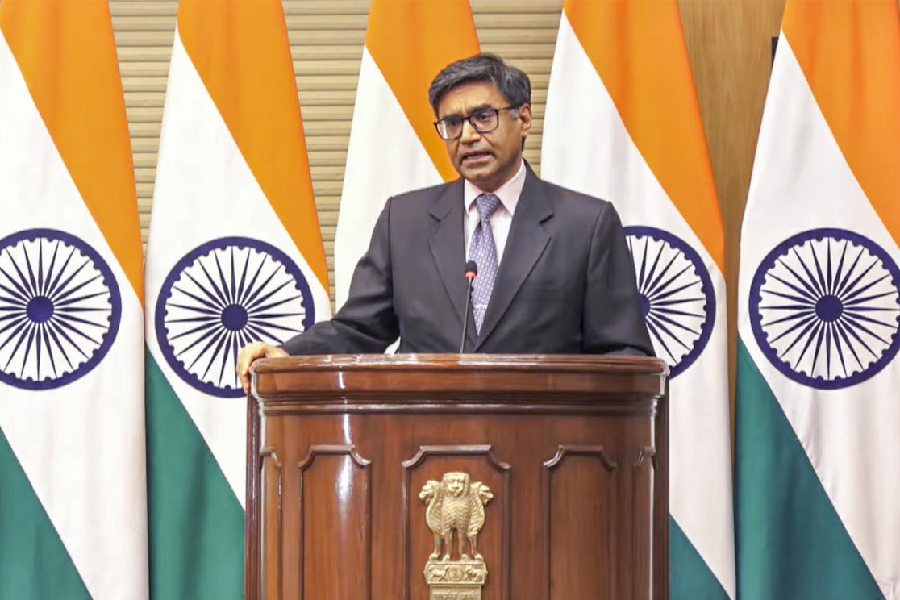
I have been an unalloyed admirer of le Carré's fiction from Call for the Dead to The Night Manager. The only exception has been The Naïve and Sentimental Lover, a book that I haven't been able to finish in spite of four or five attempts. My admiration of his more recent works has been more qualified. But I have no hesitation in describing myself as a fully paid up member of the John le Carré Fan Club. It was thus with great expectations that I bought and read his account of selected episodes of his life.
The first alluring point of the new book is its rather enigmatic title. I knew from Adam Sisman's biography that le Carré had toyed with this title for some of his early novels. Explicating this, le Carré writes in the Preface, "There is scarcely a book of mine that didn't have The Pigeon Tunnel at some time or another as its working title.'' The origins of this fascination go back to his adolescent years and to Monte Carlo, where his father, the redoubtable and notorious Ronnie, took him. In Monte Carlo, there was a sporting club with a shooting range underneath which were parallel tunnels leading to the sea. Into this were inserted live pigeons that had been hatched and trapped in the nearby casino roof. The pigeons fluttered through the tunnel to fly into the sky above the sea and become targets for the shooters. Those that survived came back to the casino roof to the same traps. This image has fascinated le Carré though he doesn't explain why.
There are many other unexplained aspects of this book. The chief of these is the choice of these particular stories for retelling. Was it the desire to tell his readers of his meetings with the great and the good of his time? There is plenty of that - Margaret Thatcher, Rupert Murdoch, Yasser Arafat, Richard Burton, two KGB chiefs, Maurice Oldfield (one-time head of the British secret service) and, of course, Alec Guinness, whose portrayal of George Smiley made the character come alive from the printed pages of le Carré's best novels. But the book is not just about that. In fact, it is the description of the author's meetings with relatively unknown figures that is the most moving.
My favourite is the account of the meeting with the original of Jerry Westerby, who made a cameo but important appearance in Tinker Tailor Soldier Spy and then grew to become The Honourable Schoolboy. After the writing of TTSS, where the unforgettable mannerisms and character of Westerby had been set out, in Southeast Asia while researching for The Honourable Schoolboy, le Carré bumped into the character he had created. This was Peter Simms, large, generous, journalist-cum-secret agent and always the hail fellow well met. Fiction met real life. And it was Supah! to borrow Peter Simm's greeting.
On that same research trip perhaps, there was another meeting where real life met fiction. This was le Carré's meeting with the veteran journalist, Richard Hughes, who became the model of Craw in The Honourable Schoolboy. Another minor but unforgettable le Carré creation on whose original he is, alas, silent.
On the theme of fictional characters and their original inspirations: was there in le Carré's complicated pigeon tunnel an original for Jim Prideaux, with Russian bullets in his back, eking out a living in some obscure prep school in England? Or for Barley Blair, maverick publisher, lover and jazz saxophonist? Or most memorable of all, Connie Sachs, the queen of research in the Circus, was there an original for her? The list could be longer. I have only picked three very lovable characters. There could be another list of those who readers get to detest.
Probably because the book is a collection of vignettes with no discernible running theme, it is somewhat like the proverbial curate's egg: there is some superb writing here, some not so superb and some quite boring. The last is a description that never came to mind for anything that le Carré has written before this book. Is the master's touch fading?
To return to the title. Which or what is le Carré's pigeon tunnel? Where is he trapped? The memory of his father whose ghost he is unable to shake off in spite of one full novel? Or his career in the secret service, perpetually tossed as le Carré is between a writer who was once a spy and a spy who became a writer? Maybe to free himself he has to spy on himself, there is still too much hidden, too many secrets. He needs to come in from the cold.


